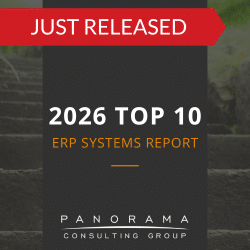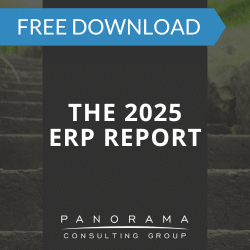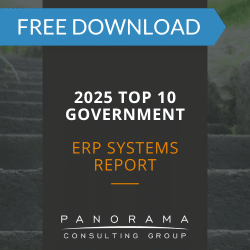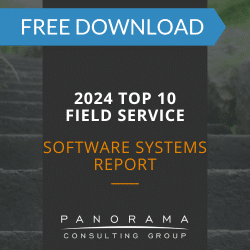Due to budget pressures, changing work habits, and high citizens expectations, public sector organizations are looking for ways to become more mobile and adaptable.
Fortunately, there are many cloud, SaaS, and hybrid strategies that can give the public sector workforce the mobility and flexibility to remain relevant in the post-digital era.
There have been numerous success stories in the private sector where organizations took advantage of cloud solutions. The public sector, on the other hand, has struggled.
Are you worried that your public sector IT strategy may be on the wrong track? Today, we’re providing advice that will help you ensure success.
How to Implement a Cloud-Focused Public Sector IT Strategy
A complete move to the cloud is not always practical, particularly for large public sector agencies or organizations. Failure to manage organizational change and a tendency to adhere to old and inefficient processes are the two of the main culprits.
Considering these challenges, we typically recommend that individual departments or agencies within a larger organization take a phased implementation approach by following these proven best practices:
1. Define Clear IT Policies
You should implement a central IT infrastructure with clear policies that are standardized across applications. You must have a storefront for applications and a “single throat to choke” for management and control.
The 2026 Top 10 ERP Systems Report
What vendors are you considering for your ERP implementation? This list is a helpful starting point.
2. Use a Private Cloud Infrastructure
By using a private cloud infrastructure, you can highlight the automation and provision behind a single point of management and control.
3. Evaluate Total Cost of Ownership
You can calculate total cost of ownership by determining which applications and capabilities are required and who is using each service.
Then, evaluate the return on investment and decide which services can be efficiently used in the cloud and which need to be provisioned internally.
Public sector organizations can also offer cloud services to smaller agencies and bill those customers based on their usage.
What IT Strategy is Right for You?
An independent third party can help you clarify your goals and determine requirements for your new public sector IT strategy.
If this third-party is also a change management consultant, they can facilitate frequent communication to ensure employees do not feel threatened by new ERP software or the concept of shared and centralized services.
Panorama’s enterprise software consultants can help your public sector organization with both the technical and organizational aspects of your IT strategy. Contact us below for a free consultation.














